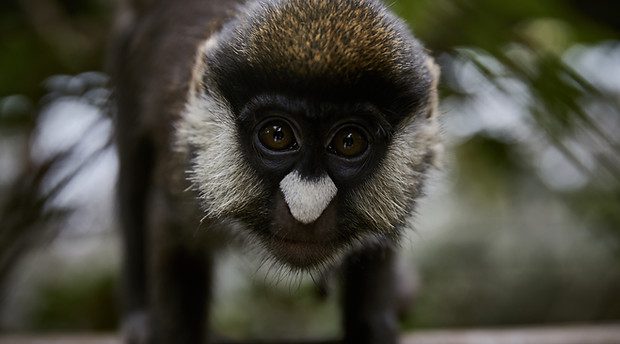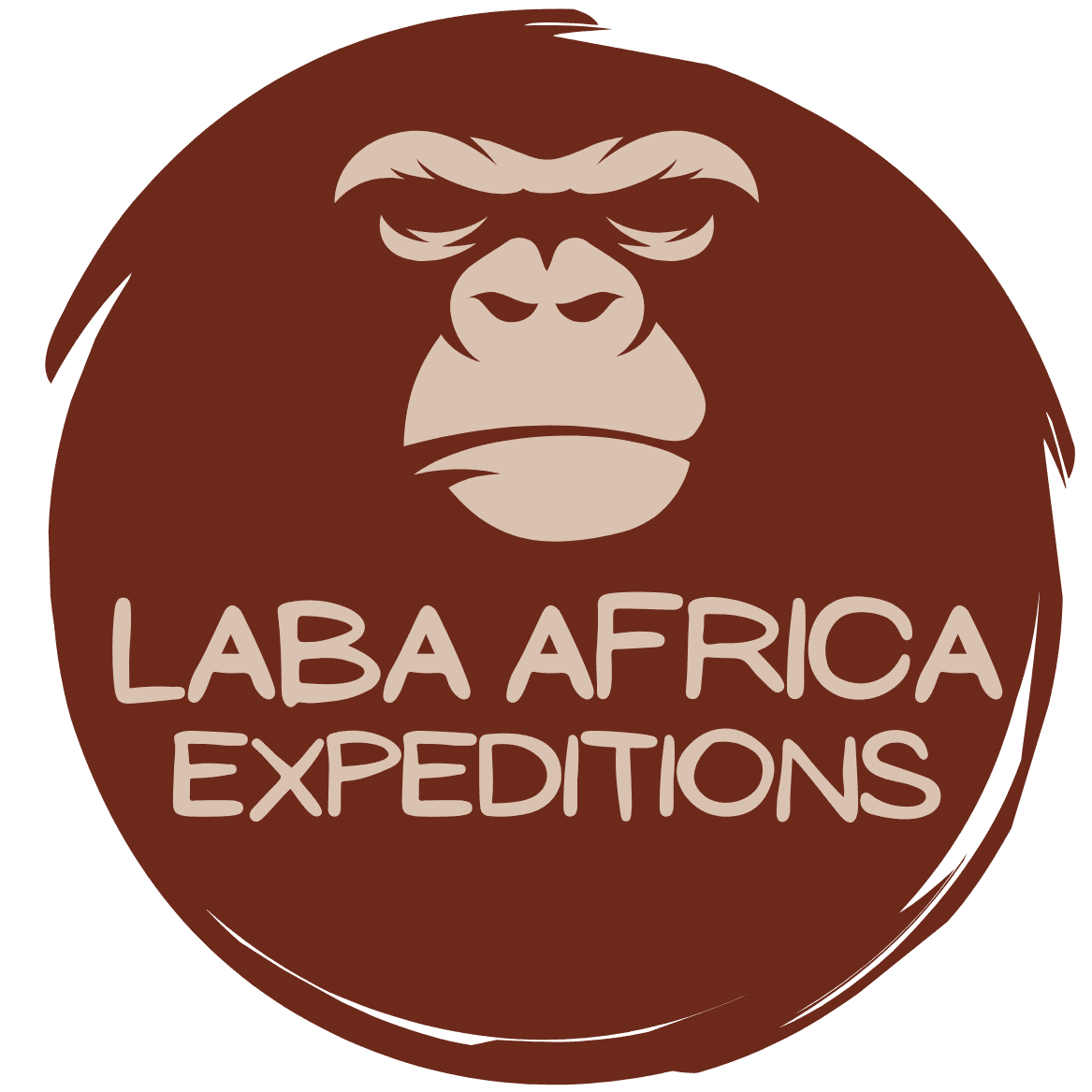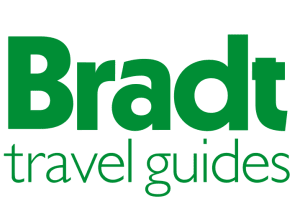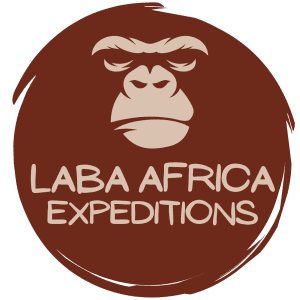Discover DR CONGO
Salonga National Park
Salonga national park is one of the largest forested national parks in Africa and is located in the Democratic Republic of Congo.
The national park is home to a variety of wildlife species including species which are endemic to Salonga national park. It covers over 33,350 square kilometers and was created in 1970.
Park headquarters for the national park are in Moncoto in Tshuapa province. Salonga national park is in four provinces in the Democratic Republic of the Congo which are Tshuapa, Mai Ndombe, Sankuru and Kasai. Salonga national park is divided into 2 sectors which are the northern sector and southern sector. The two sectors of the national park are created by a corridor which is about 40 km wide. The national park is also made up of lowland rainforest, dryland forest, rivers, grassland and wetlands.
Part of the southern sector of Salonga is occupied by pygmies and also the local community. This part of the national park is located between the Luliaka river and the Lula river. The park boundaries are also created by two rivers which flow parallel to each other. The northern sector of Salonga is found between the Lomela river and the Loile river. This part of the national park and also the north eastern part of the southern sector are linked to the Congo basin.

In the northern sector, there are a few grassy clearings, and in the far south, man-made savanna patches can be found. The terrain is made up of terraces and plateaus that range in height from 350 meters in the west to 700 meters in the east, although the majority of the region is low-lying, swampy territory that is located below 500 meters. Cliffs up to 80 meters high occasionally surround the waterways. The southern sector’s middle region is only indirectly connected to the Congo river basin via the Ma-Ndombe lake’s drainage basin and, in the far south, the Kasa river basin.
The northern sector and the southern sector’s northernmost portion are directly connected to the Congo river basin. Despite the relocation of the majority of the area’s old, sparse residents, few small communities still exist. The national park is also divided into six administrative divisions which include Monkoto, Monjok, Washikengo, Yoketeru, Anga, Munja. Salonga is managed by Institut Congolais pour la Conservation de la nature (ICCN) and the World Wide Fund (WWF).
wildlife IN salonga national park
The endemic species found in the park include the bonobo, bush elephants and also the Congo peacock. Apart from these species the national park has 51 species of mammals, about 223 bird species. The biggest number of bonobo also known as the dwarf chimpanzee is said to be found in Salonga. Over 14000 bonobos live in Salonga national park and this number is estimated to be half the world’s population of bonobos. They can be seen in the northwest, northeast and southeastern parts of the national park.
The big size of Salonga makes it a good habitat for the forest elephants which have been over the years facing a problem of poaching. Another factor which has affected the forest elephants is deforestation. Salonga also has a diversity of primate species such as golden bellied mangabey, Thollon´s red colobus, Angola pied colobus, Allen´s swamp monkey, De Brazza´s monkey and also the black mangabey.
Other wildlife species which can be seen during tours around Salonga national park include giant ground pangolin, tree pangolin, blue duiker, yellow backed duiker, African forest buffalo, spotted necked otters, mongoose, bushbucks, hippos and many others.
activities IN salonga national park
A variety of activities are carried out around Salonga national park and they include the following;
Wildlife viewing in Salonga national park is an exciting experience due to the diversity of wildlife at the destination. The national park also has varied habitat for the different wildlife species like the primates, the bush elephants among others.
Bird watching is another activity which is carried out during safaris around Salonga national park. Some of the bird species which can be seen around Salonga national park include cattle egrets, grey parrots, black parrots, black bellied bastard, palm vulture, yellow billed stork and many others.
Cultural tours can also be carried out when visiting Salonga national park. This activity involves interactions with the locals living around the destination. Some of the locals living around Salonga national park include Kitawalistes, Iyaelema among others.
Fishing can also be done around the waterbodies surrounding Salonga national park. This activity can be done around the rivers such as Luilaka river, Lula, Lomela, Loile among others. There are over 400 species of fish in the national park.
Boat rides on the Congo river is another activity which is done in Salonga national park and during this experience, visitors can see the wildlife species in the national park and the plant life.
Best time to visit Salonga national park
Rainfall is received throughout the year in Salonga national park although the months of June, July and August are considered the best times to take a tour to the national park. Wildlife viewing in Salonga national park is best done from June to August which are the dry months of the year although some rain is expected during safaris. Wildlife species are also easier to spot during these months. This national park experiences equatorial climate and there are 2 dry seasons and 2 dry seasons which are experienced in Salonga national park during the year.
How to get to Salonga national park
Salonga national park can be accessed by water transport along the Congo river.






